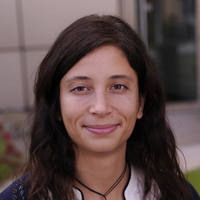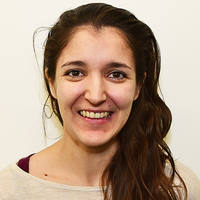Gaffney Group
Genomics of gene regulation
Archive Page
This page is maintained as a historical record and is no longer being updated.
Headed by Daniel Gaffney, the group combined computational and statistical methods with high-throughput experimental techniques to understand the role played by changes in gene regulation in disease susceptibility and human evolution. A major focus of our group was the use of human induced pluripotent stem cells as models to study the functions of regulatory variation, as part of the Human Induced Pluripotent Stem Cells Initiative (HipSci) (Kilpinen, Goncalves et al, 2017). Recent publications and preprints from the group focused on IPSCs as models for context-specific specific changes in regulation in immune response (Alasoo et al, 2018), and in hard-to-access cells like neurons (Schwartzentruber et al, 2018). We also worked on statistical methods development for genetic mapping of gene regulatory variants (Kumasaka et al, 2016) and of interactions between regulatory regions (Kumasaka et al, 2018)
We welcomed applications from prospective postdocs and PhD students. Projects are available in the areas of genomics of gene regulation, molecular evolution and on population genomics of gene regulation. All our work involved data analysis, but there was also scope for projects with a component of laboratory work.
Much of our work applied the principles of association mapping to cell phenotypes, such as RNA levels or chromatin status. Association mapping is a powerful, unbiased approach for identifying genetic loci (sometimes referred to as quantitative trait loci, QTLs) that change a phenotype. Many maps of expression QTLs (eQTLs) have now been created, both as individual studies (for some recent reviews see here or here) and, more recently, as part of large consortia such as the GTEX project. Our most recent work was focused on using this approach in Induced Pluripotent Stem Cells (IPSCs) and cells derived from IPSCs, as part of our involvement in HIPSCI.
Previous core team members

Kaur Alasoo
PhD Student

Dr Clara Alsinet-Armengol
Postdoctoral Fellow

Nicoletta Bruno
Former Research Assistant at the Sanger Institute

Dr Angela Goncalves
Former Postdoctoral Fellow at the Sanger Institute

Gerda Kildisiute
PhD Student

Dr Andrew Knights
Senior Staff Scientist

Dr Natsuhiko Kumasaka
Staff Scientist

Sebastian Lukasiak
Postdoctoral Fellow

Dr Maria Nascimento Primo
Postdoctoral Fellow

Julia Rodrigues
Research Assistant

Jeremy Schwartzentruber
Former statistical geneticist at Open Targets
Related groups
Programmes and Facilities
Partners
We work with the following groups
External
Wellcome Trust
External
Medical Research Council
We are generously funded by the MRC to pursue research on human IPSCs.
External
The Stegle group at EBI
We collaborate closely with Oliver Stegle's group at EBI on the HIPSCI project.
External
OpenTargets
OpenTargets is a unique public-private initiative to apply cutting edge genetics research to the problem of drug taregt identification and validation. They have generously funded several projects in our lab on the application of CRISPR technology to human IPS-derived model systems
